Words and phrases play a central role in Ed Ruscha's artworks. Born and raised in the Midwest, Ruscha moved to Los Angeles in 1956 with the intention of becoming a commercial artist. He enrolled at Chouinard Art Institute (now the California Institute of the Arts) in Valencia, which was then known as a training ground for Disney illustrators and animators.
The careful planning and precision involved in commercial art provided Ruscha with the means to extend the boundaries of painting. Pulling elements from the visual language of advertising, he has made hundreds of prints, drawings, and paintings that feature bold letters on abstract, atmospheric backgrounds. His vernacular images of Standard Oil gas stations and other commercial logos brought him to prominence as a leader of West Coast Pop art in the 1960s.
Ruscha frequently experiments with unorthodox artistic materials, including gunpowder, tobacco, axel grease, and blood. He has also created photographic series that, like 1966's Every Building on the Sunset Strip, are determined by system rather than subjective decisions.
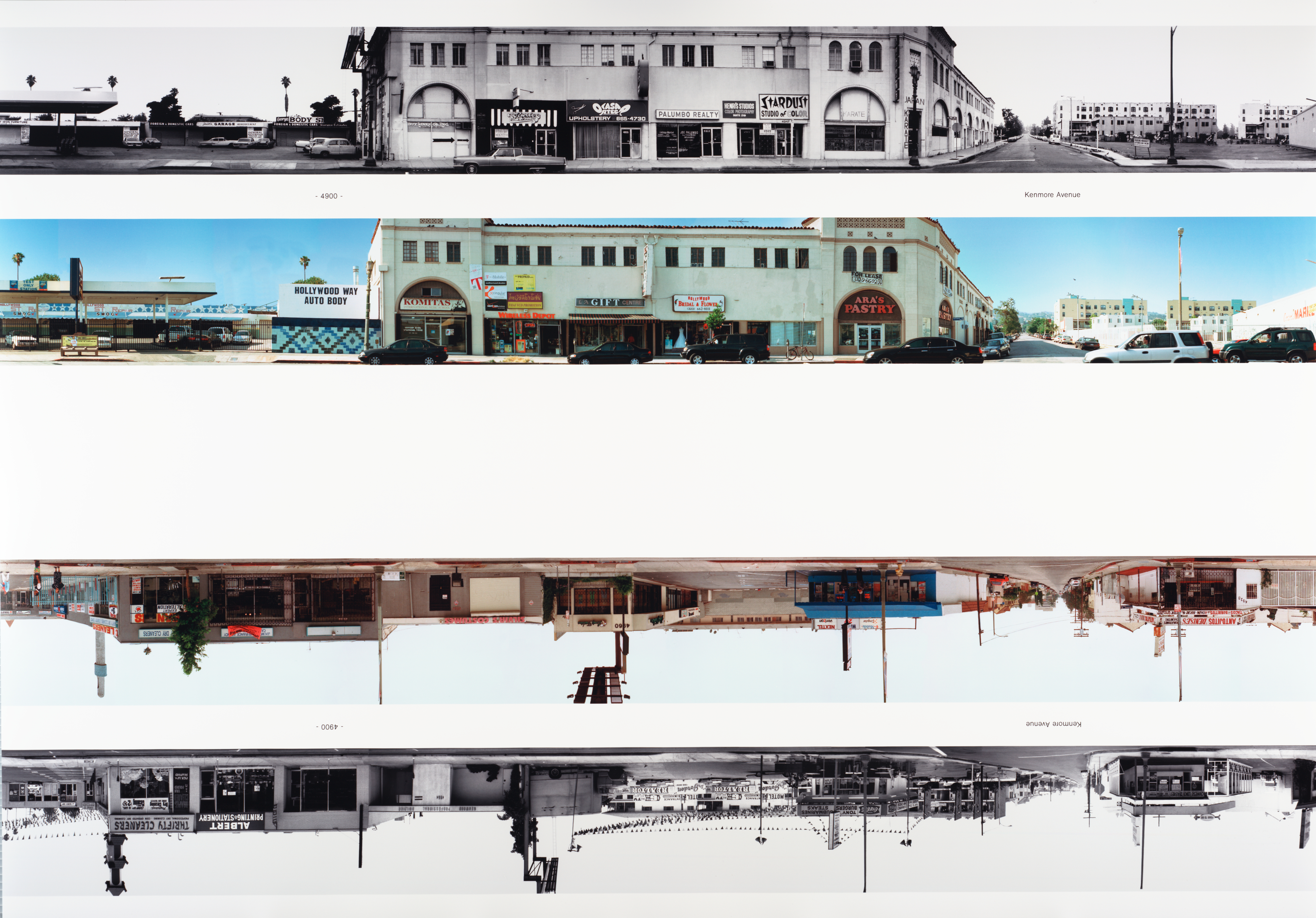 Ed RuschaThen & Now2005
Ed RuschaThen & Now2005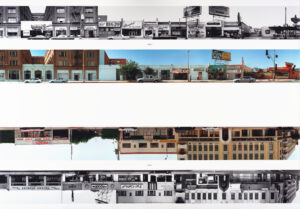 Ed RuschaThen & Now2005
Ed RuschaThen & Now2005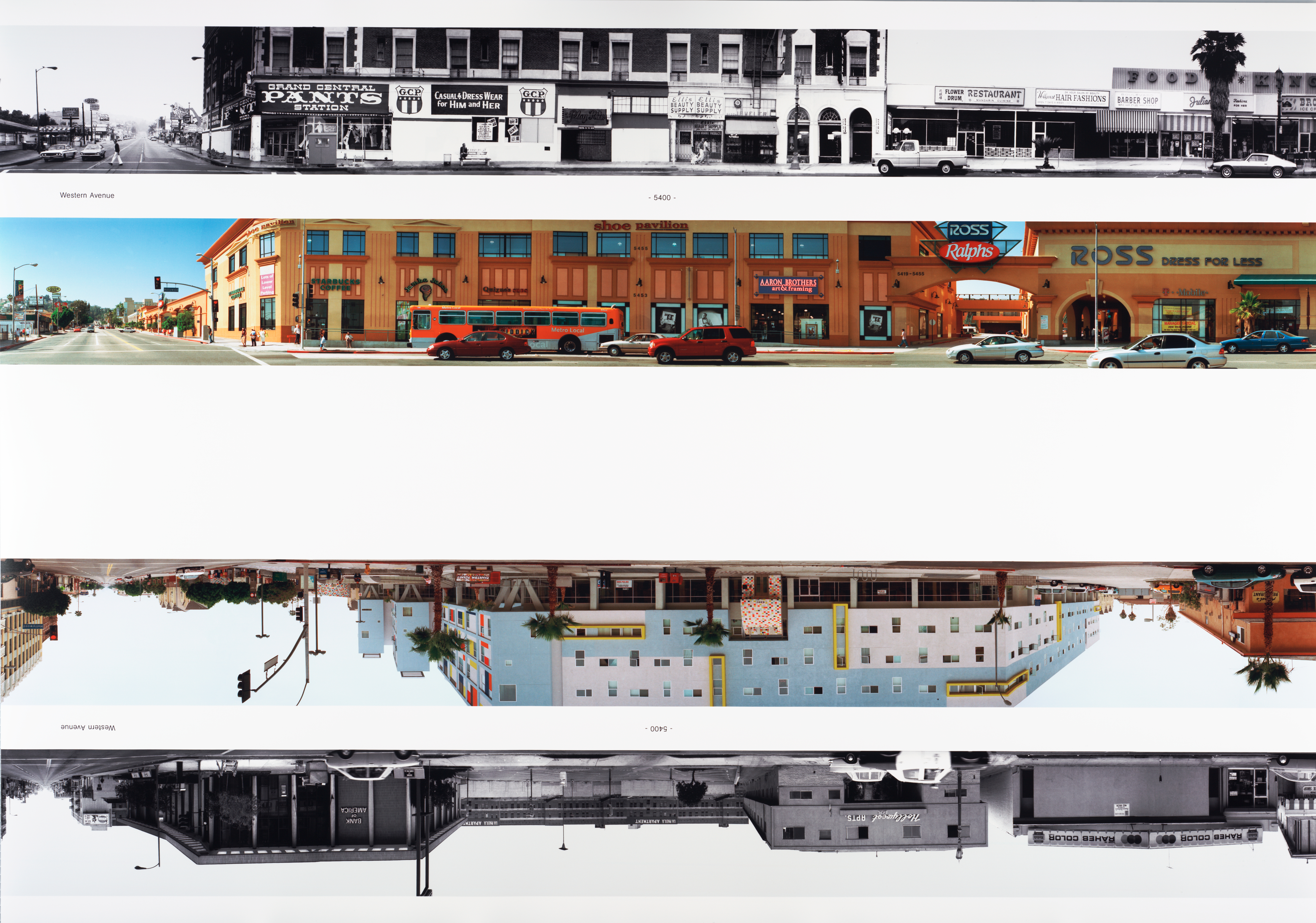 Ed RuschaThen & Now2005
Ed RuschaThen & Now2005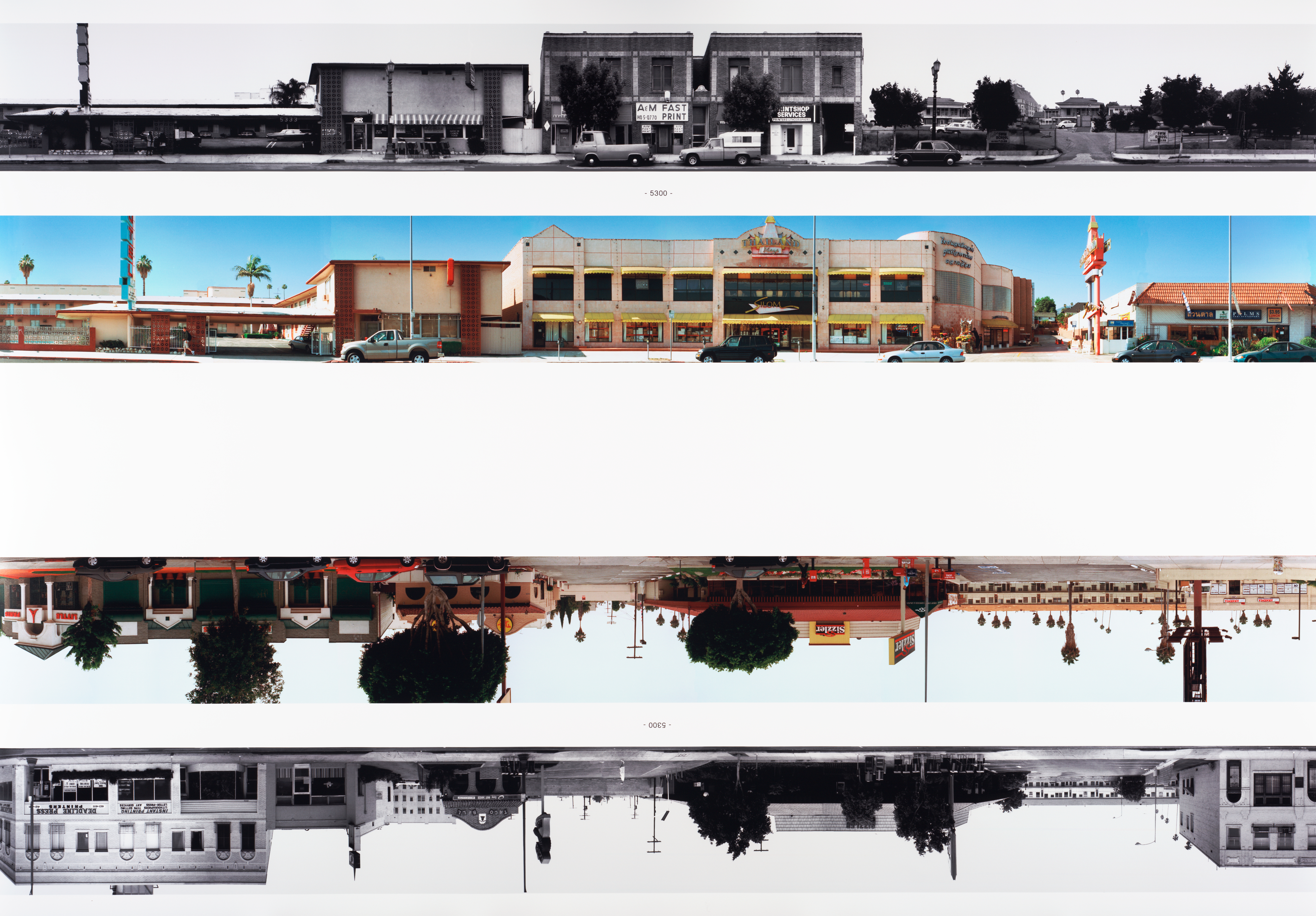 Ed RuschaThen & Now2005
Ed RuschaThen & Now2005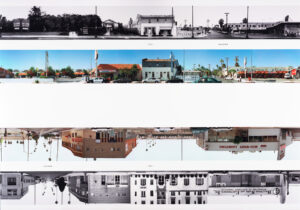 Ed RuschaThen & Now2005
Ed RuschaThen & Now2005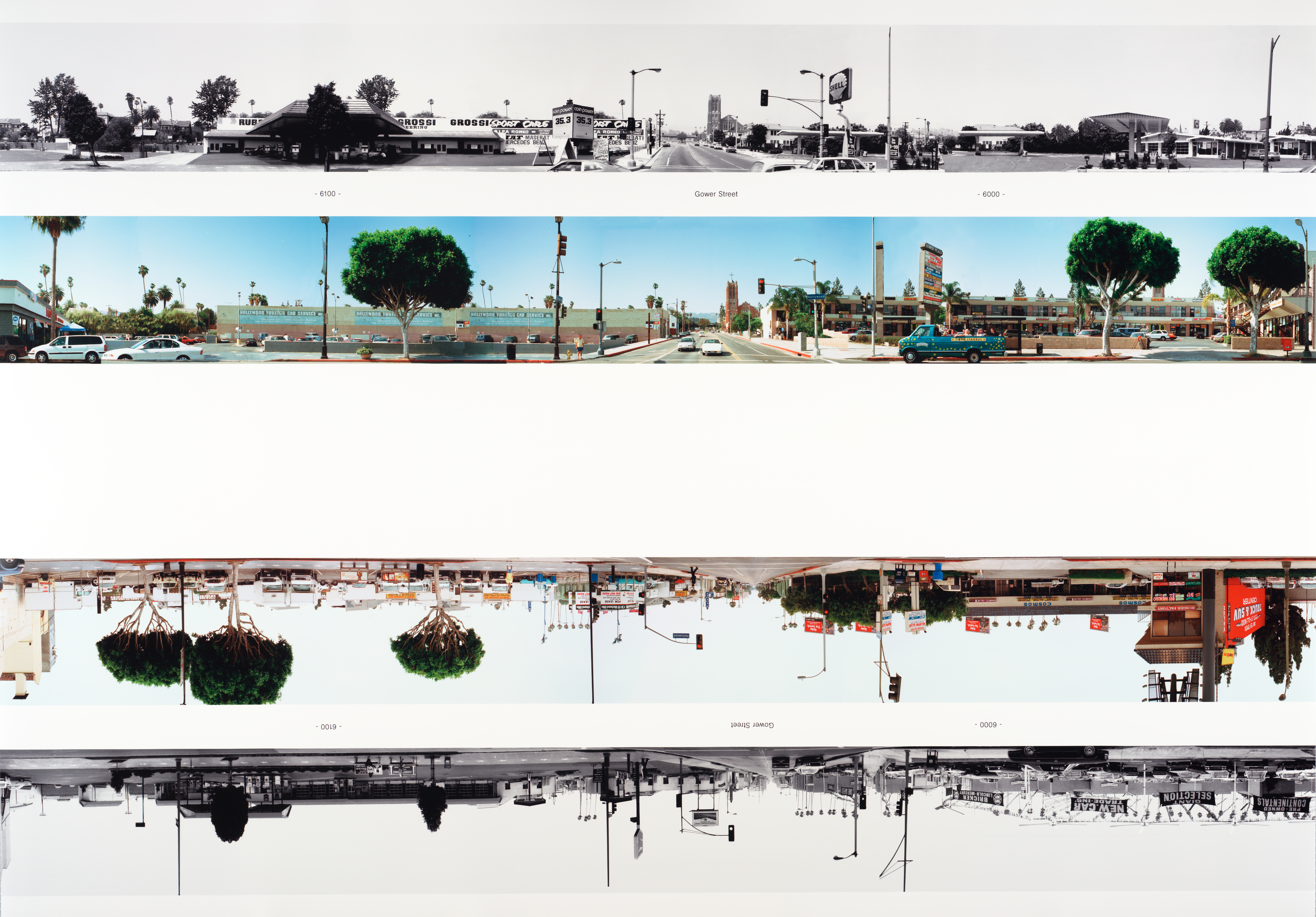 Ed RuschaThen & Now2005
Ed RuschaThen & Now2005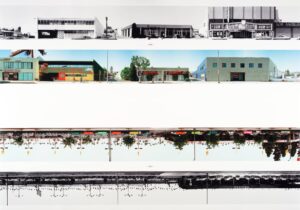 Ed RuschaThen & Now2005
Ed RuschaThen & Now2005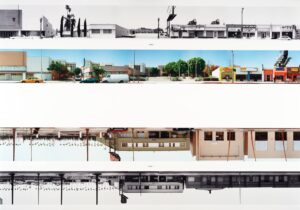 Ed RuschaThen & Now2005
Ed RuschaThen & Now2005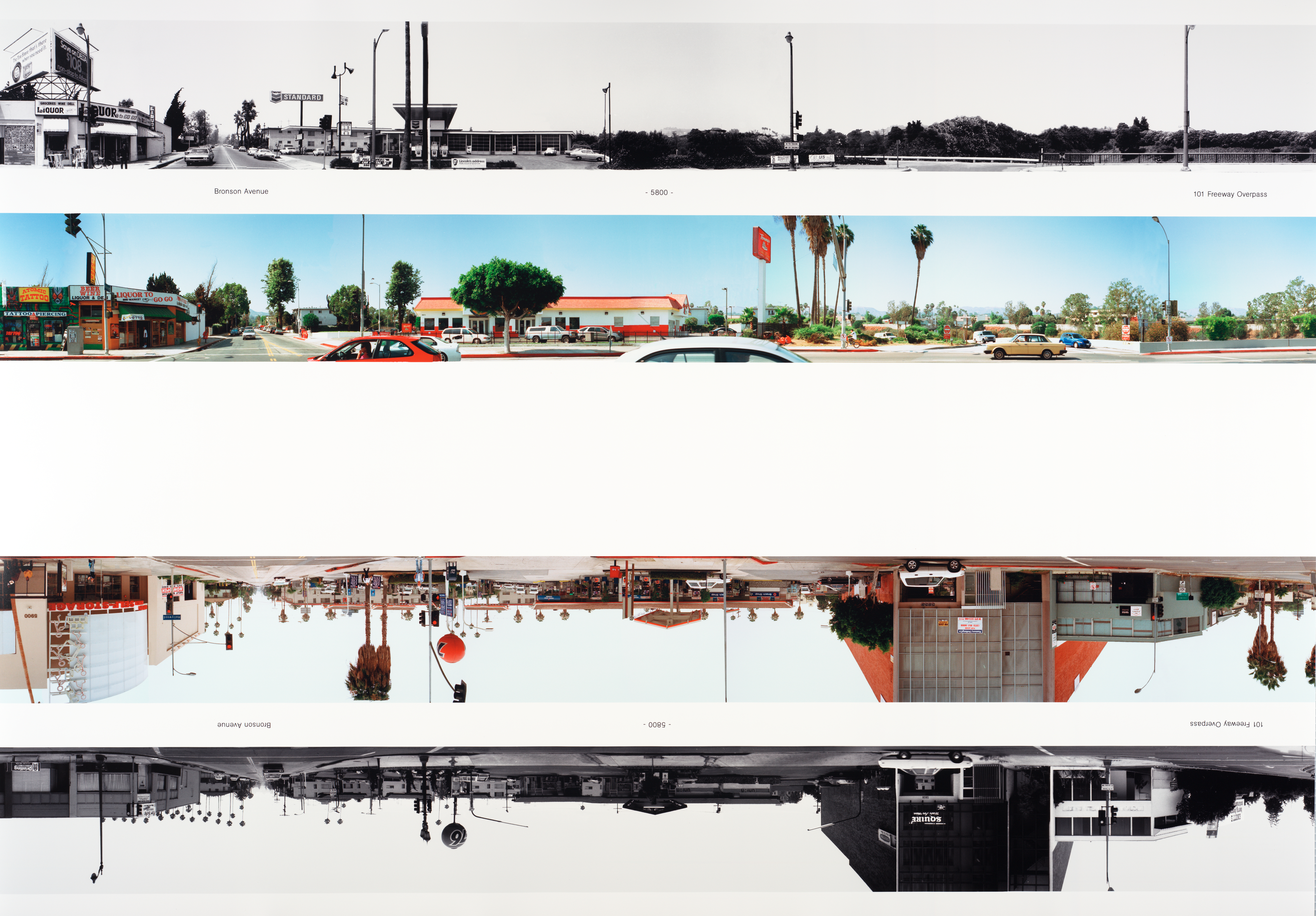 Ed RuschaThen & Now2005
Ed RuschaThen & Now2005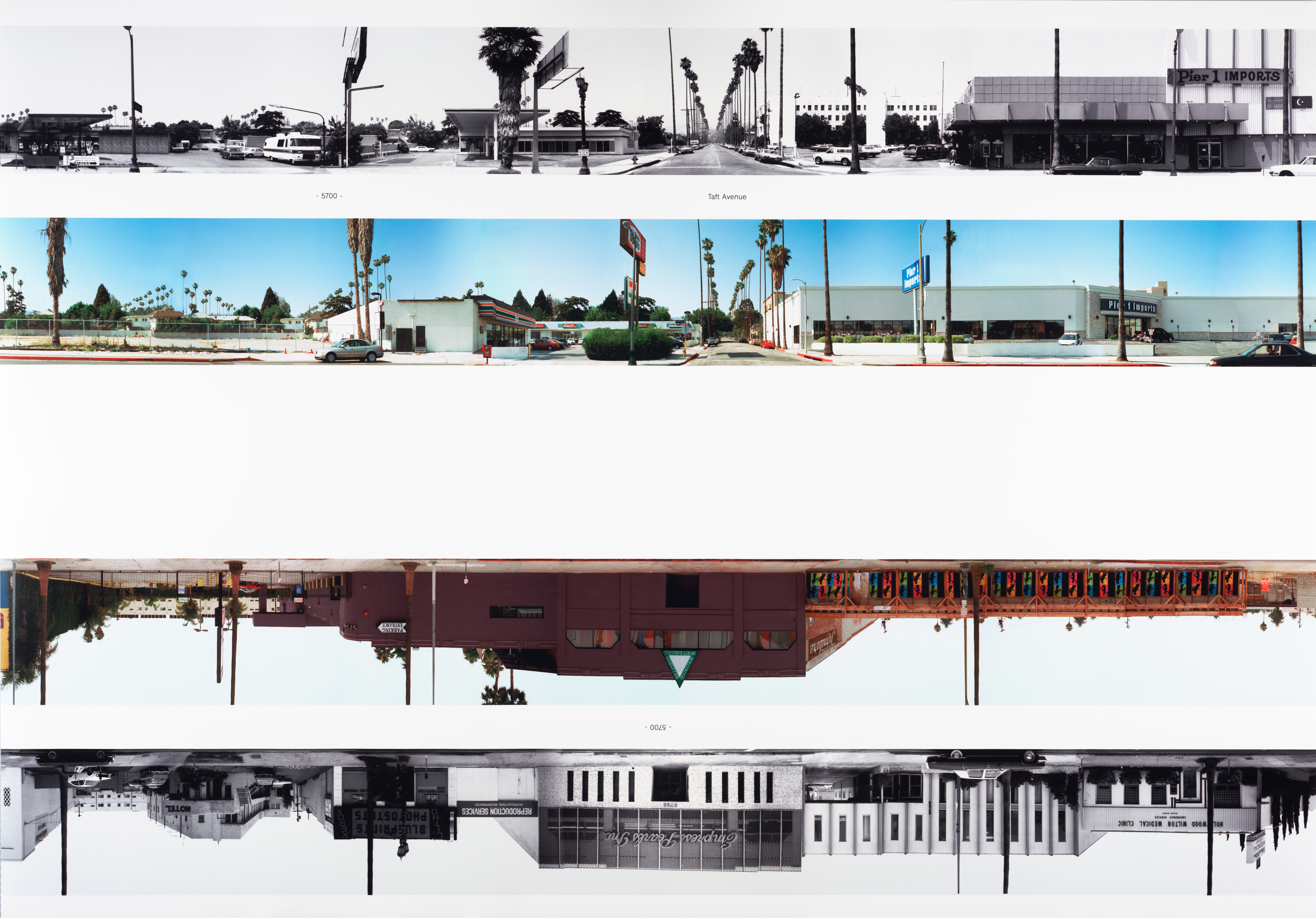 Ed RuschaThen & Now2005
Ed RuschaThen & Now2005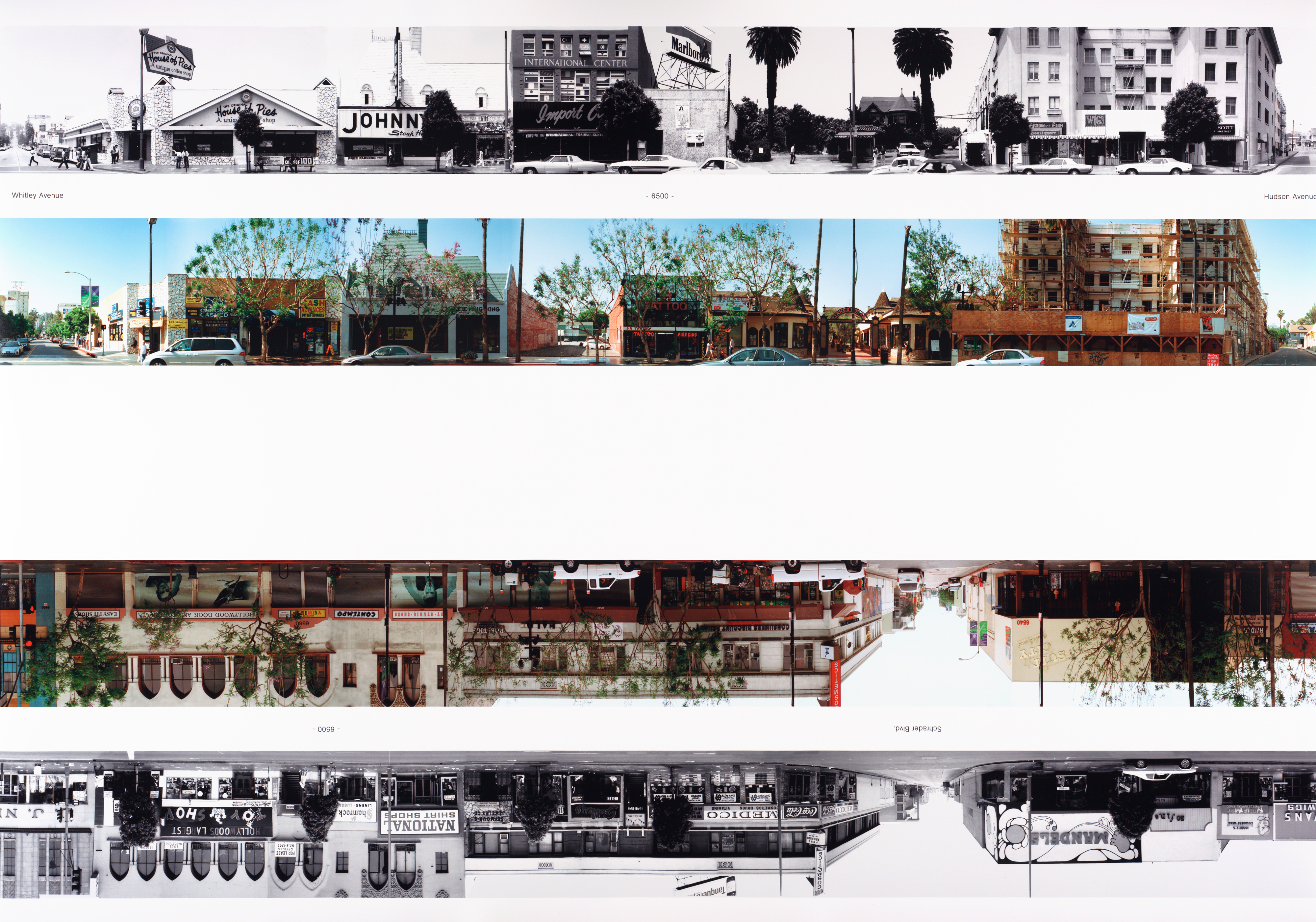 Ed RuschaThen & Now2005
Ed RuschaThen & Now2005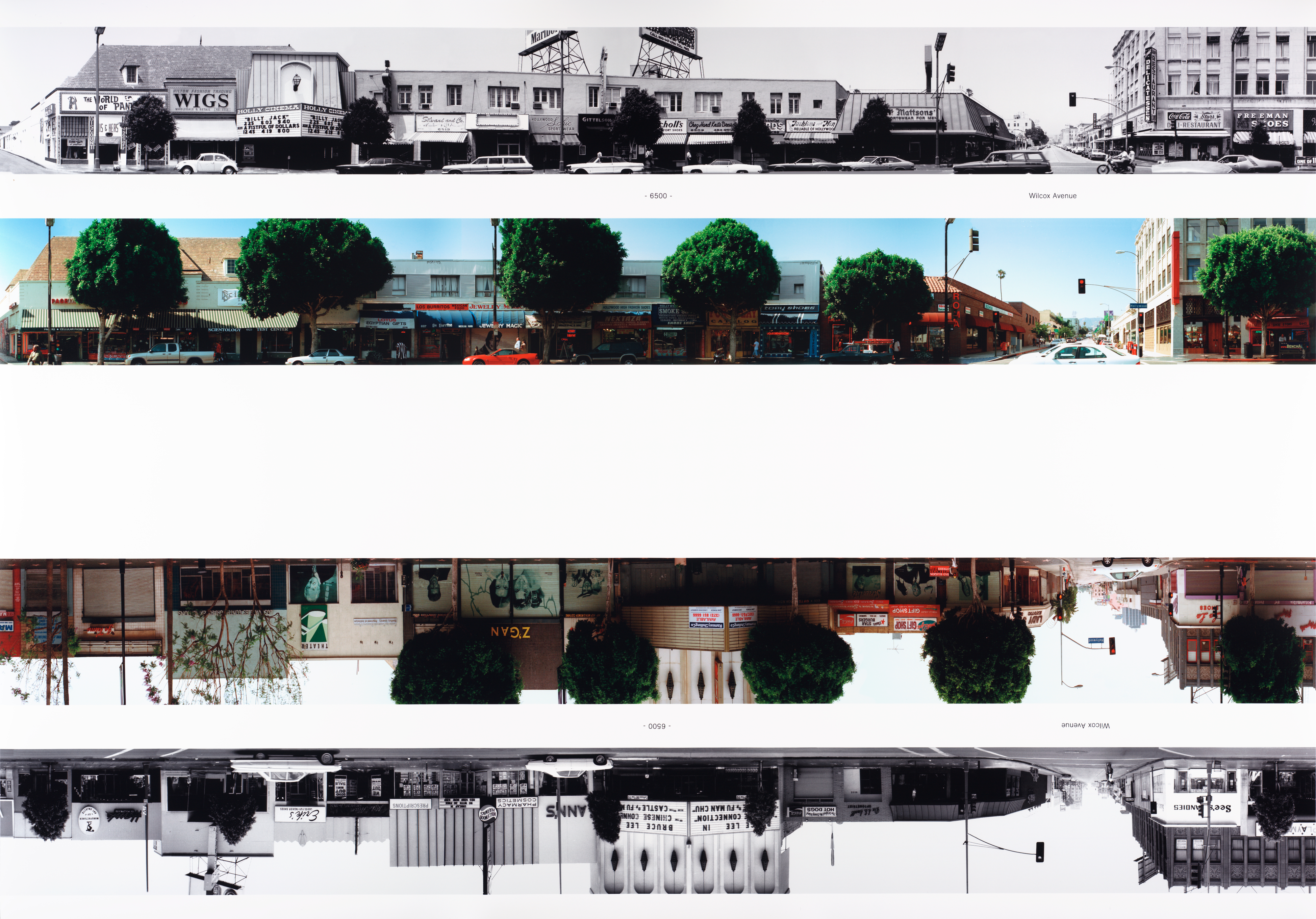 Ed RuschaThen & Now2005
Ed RuschaThen & Now2005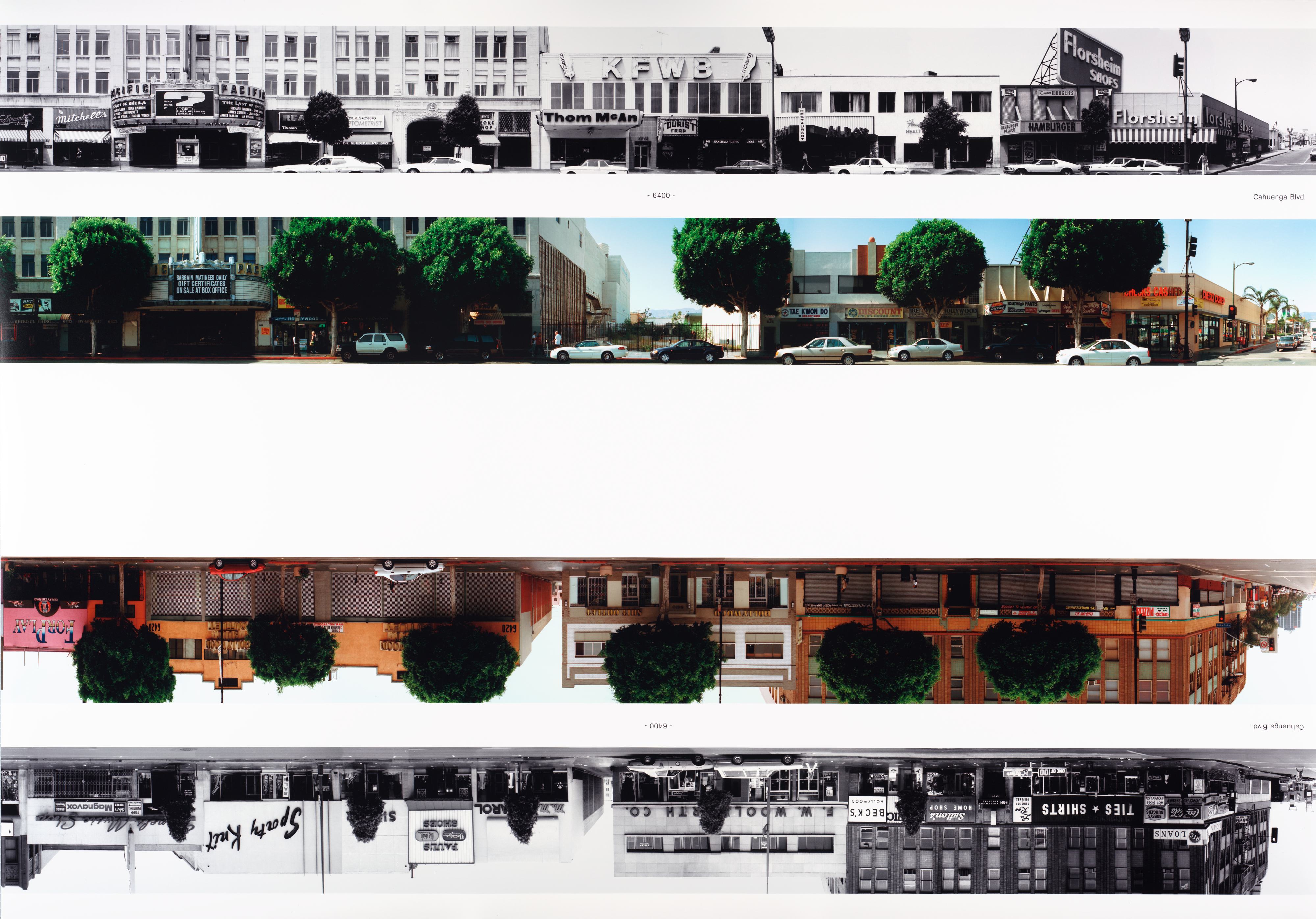 Ed RuschaThen & Now2005
Ed RuschaThen & Now2005